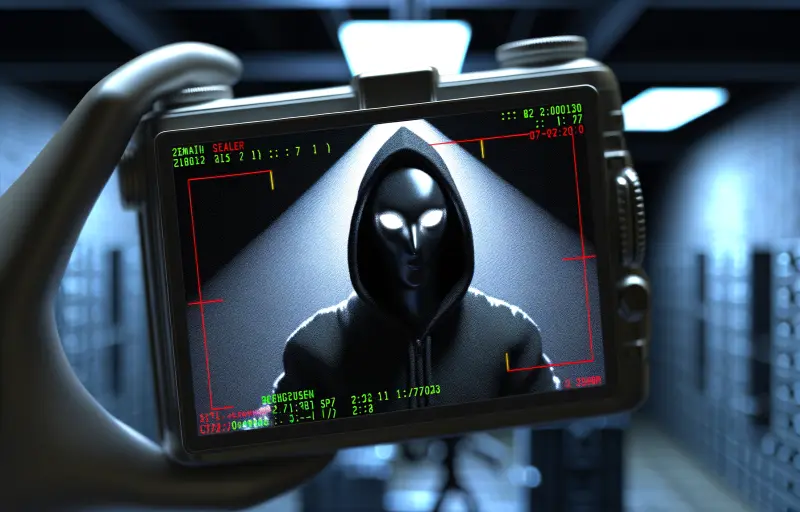
“Silent but deadly: The Kematian Stealer – your data’s worst nightmare.”
Understanding The Kematian Stealer: A New PowerShell-Based Malware Threat
The Kematian Stealer has emerged as a sophisticated PowerShell-based malware that covertly transfers sensitive data from compromised systems. This new malware threat has been making waves in the cybersecurity community due to its ability to evade detection and steal valuable information without leaving a trace.
PowerShell, a task automation and configuration management framework developed by Microsoft, is a powerful tool that is commonly used by system administrators to automate tasks and manage systems. However, cybercriminals have also discovered the potential of PowerShell as a means to carry out their malicious activities. The Kematian Stealer is one such example of how cybercriminals are leveraging PowerShell to their advantage.
The Kematian Stealer operates by using PowerShell scripts to search for and extract sensitive data from the infected system. This includes passwords, credit card information, and other personal data that can be used for identity theft or financial fraud. The malware then sends this data back to the attacker’s server, where it can be used for nefarious purposes.
One of the reasons why the Kematian Stealer is so dangerous is because it is able to evade detection by traditional antivirus software. This is because the malware uses legitimate PowerShell commands to carry out its activities, making it difficult for security software to distinguish between normal system operations and malicious activity. Additionally, the Kematian Stealer can also disable security features on the infected system, further reducing the chances of detection.
The emergence of the Kematian Stealer highlights the need for organizations to be vigilant in their cybersecurity efforts. It is no longer enough to rely on traditional antivirus software to protect against threats like this. Instead, organizations need to adopt a multi-layered approach to security that includes advanced threat detection and response capabilities.
One way to protect against threats like the Kematian Stealer is to implement endpoint detection and response (EDR) solutions. EDR solutions are designed to detect and respond to advanced threats that may evade traditional security measures. They use behavioral analysis and machine learning algorithms to identify suspicious activity on endpoints and take action to contain and remediate the threat.
Another important step in protecting against PowerShell-based malware is to implement strict access controls and monitoring for PowerShell usage. Organizations should limit the use of PowerShell to only those users who require it for their job functions and monitor PowerShell activity for signs of malicious behavior.














